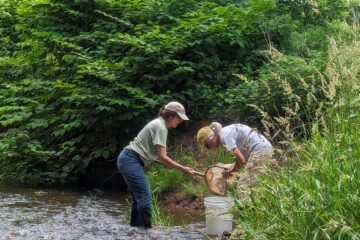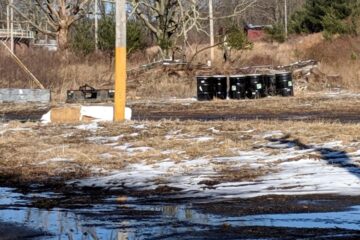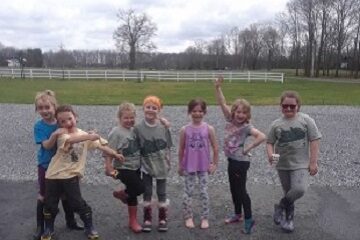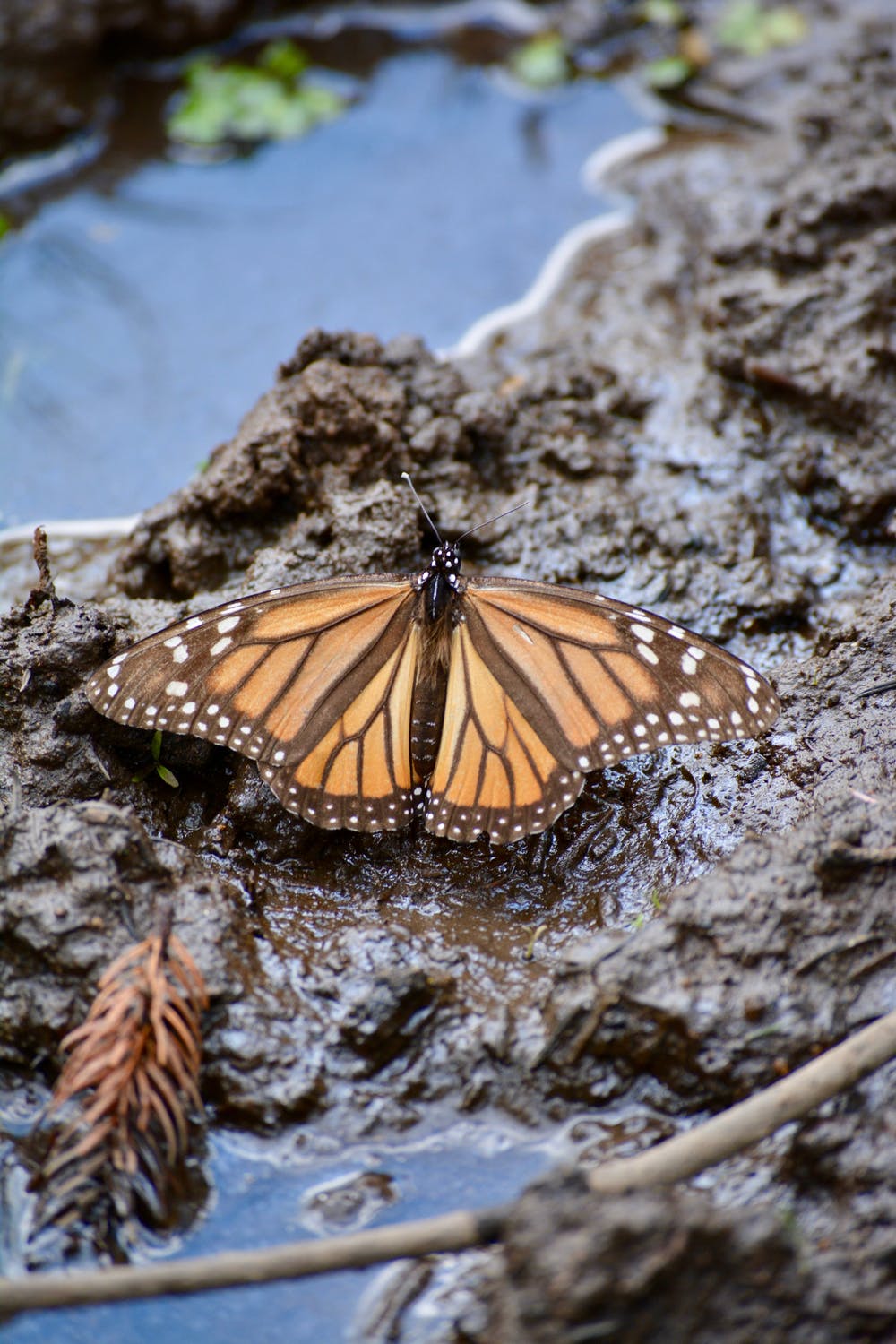 Learn how to create a butterfly puddle and drip system to attract butterflies.
Learn how to create a butterfly puddle and drip system to attract butterflies.
Created By Nancy Yard, RHA Volunteer and Educator
Level: Elementary, Middle, Families
Duration: 7 to 30 days
Setting: This lesson is designed to take place in your backyard.
Materials:
For the Puddle: shallow container, sand, soil, pebbles, salt, manure, fruit
For the Drip Bucket: plastic bottle or bucket, string or wire
Background Information: Have you ever noticed a group of butterflies sitting in the middle of a trail? Clusters of butterflies are often seen in meadows or beside streams where the ground is muddy. A group of butterflies is often called a flutter. Many butterflies gathered together is called a kaleidoscope. You can attract a flutter or kaleidoscope of butterflies by adding a butterfly puddle to your backyard or garden.
Butterflies puddle together to sip important nutrients using their proboscis. A proboscis is a long hollow tube that curls and uncurls similar to a straw. Using their proboscis, a butterfly is able to take in salts and other important minerals from the damp ground. This behavior is most often observed in male butterflies.
The Activity:
- Select a shallow container
- Dig a hole to place your container
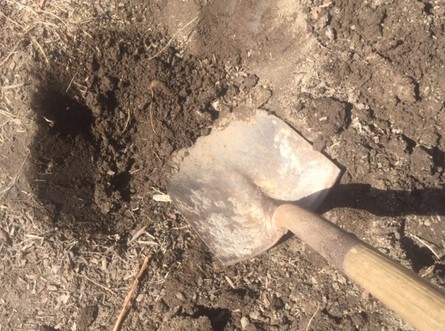
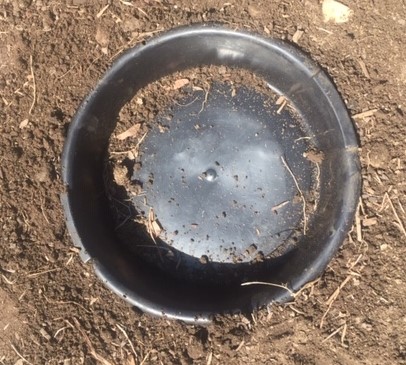
- Put your container in the hole level with the ground
- Place soil in the bottom and then cover with 1 to 2 inches of sand.
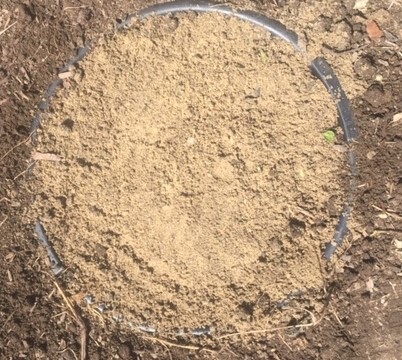
- Place rocks or leaves around the edge of your puddle
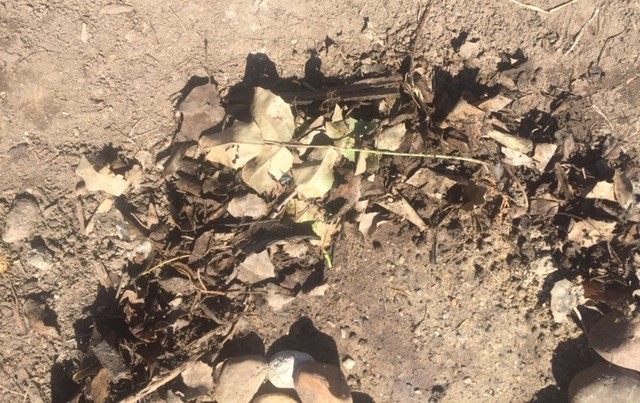
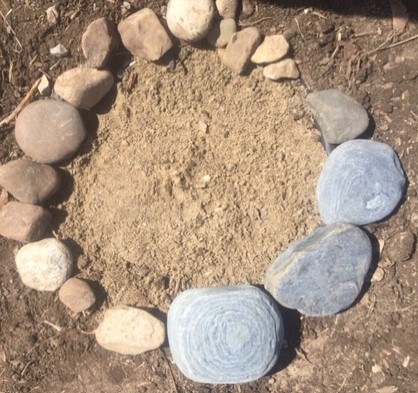
- Sprinkle with water
- Add salt and/or composted manure
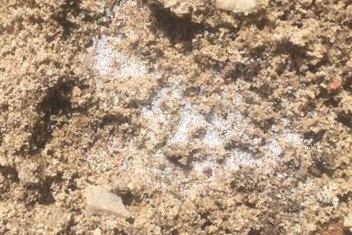
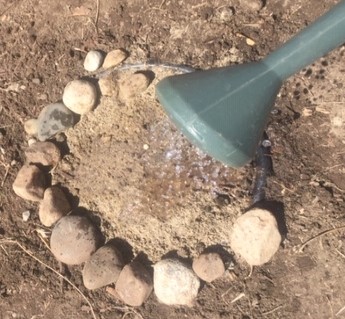
- Experiment with the addition of overripe fruit or juice placed in a shallow dish
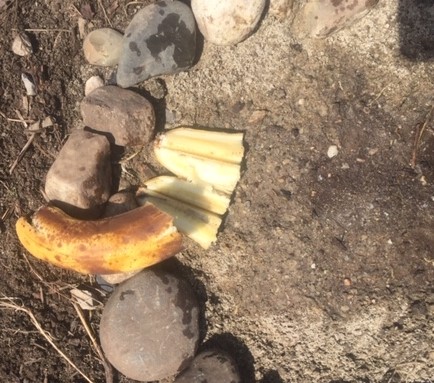
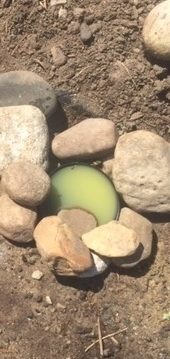
- Create a slow water drip by putting holes in a milk jug. Decorate your bottle. Experiment with adding salts or manure to the bottom of the drip container. You can control the drip by placing one hole in the lid or several holes in the bottom.
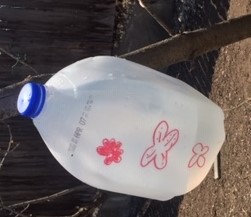
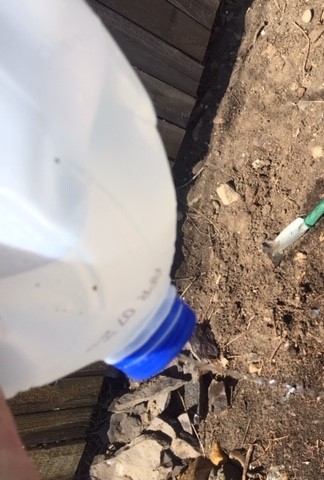
Extensions:
Experiment by placing the drip system over a salt lick used for rabbits or horses to add salt to your puddle.
Wrap Up:
How did you like this activity? Please share any questions, comments, or photos that you and your child have on the Raritan Headwaters Learning Community Facebook Page!
More Raritan Headwaters Learning Resources

